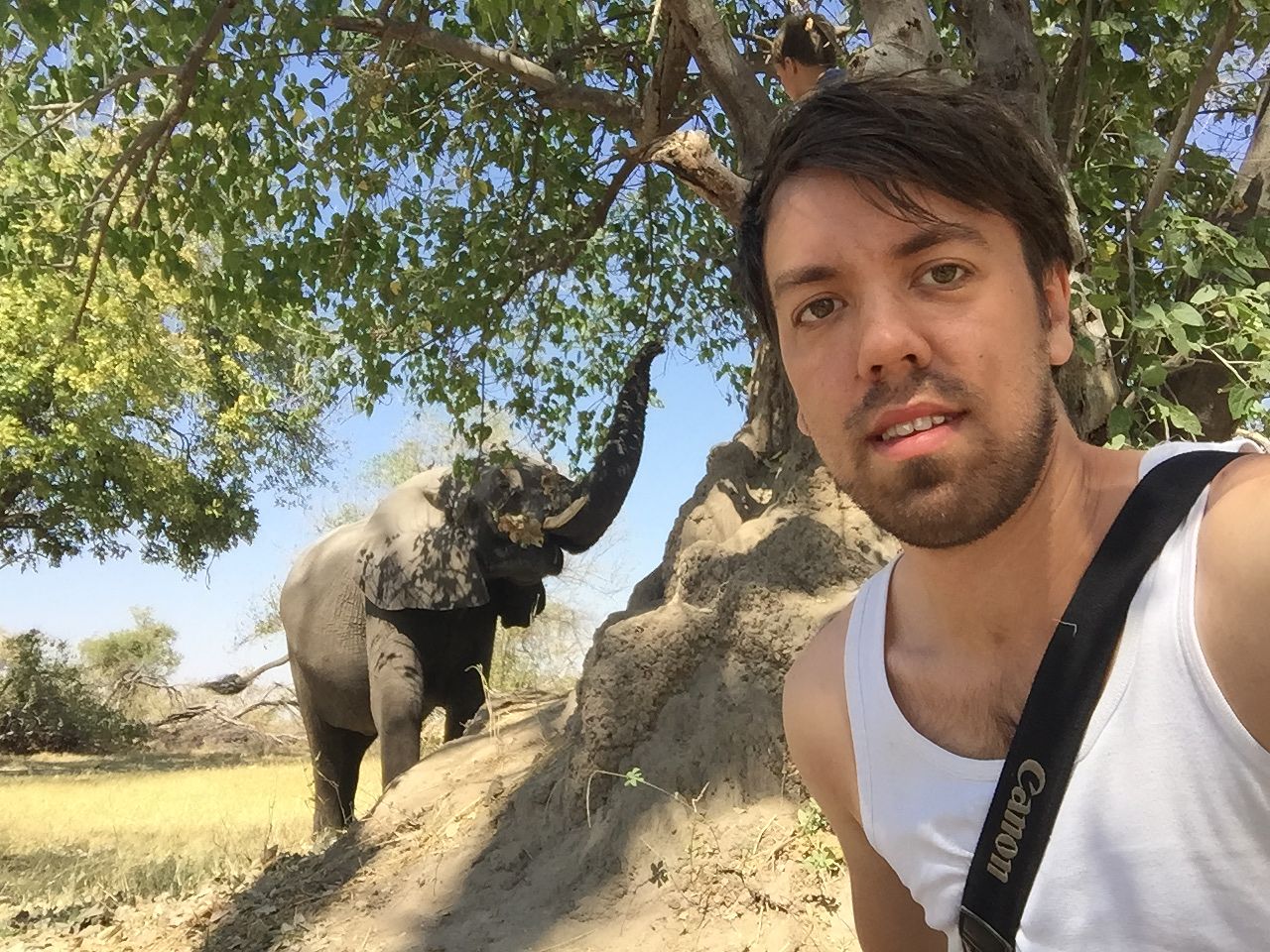
Date of birth: 8th of November 1991
How did you become passionate about nature photography?
I’ve always been passionate about nature in general. My father is a huge nature enthusiast, and I inherited this passion and drive from him. When I came to the age of 12, he went for a 2 months trip to Namibia and Botswana. He bought himself a digital camera for this adventure, but never used it after. So together with his passion, I inherited his first digital camera as well.
What do you take with you on a photo shoot?
It differs greatly from the purpose of the shoot. Sometimes I go after work to the polders to find some birds, then I take just my tele lenses (100-400mm + 600mm) with me. Other times I only take the drone, or when I’m after bats in flight, I take over 10 flashes and an equal amount of tripods. So there is not even 1 thing in common I take with me on every shoot out.
What subject do you prefer to photograph and why?
Mammals, by far. They are more elusive, and often require more knowledge to find, approach and photograph them. So more difficult in general, but also more rewarding if you succeed.
What is your favorite nature preserve?
I couldn’t say I really have a favorite reserve, but I definitely have a strong preference for the North. Scandinavia in general and Svalbard in particular have a special place in my heart. The vast barren landscape never stops surprising me, and nothing goes above the arctic light glowing over a frozen scenery.
What is your favorite shooting position?
Eye level is gold for me, except with the drone of course!
Which nature photographer do you admire?
If we are talking big names… Vincent Munier or Paul Nicklen are both extremely talented. I’ve been looking up to them and their achievements for a very long time.
What quality must a nature photographer absolutely have?
Knowledge about their subject is vital. Only in this way can you “read” what the animal is going to do, where to find it, predict its behavior and photograph it in a successful way. According to me this is vital and something you can’t buy in the shop and put in your camera bag. You need to learn this in advance.
So not the most typical answer such as “eye for detail”, but at least as valuable!
Which light situation do you prefer?
Backlight! Definitely on mammals, birds, plants without smooth edges. I like to see the edge of the fur lighting up, hair on a plants stem, more vivid colors,… If you sit in the middle of your lawn, and look at the fresh green grass, the color changes drastically if you look towards the sun or not.
If I would need to choose a time of the day, I choose the classic morning light.
Which setting do you prefer: Manual-Aperture Priority-Shutter Priority?
Aperture priority is most often used, sometimes manual as well if I’m only working with flashes (not as fill in light).
In percentage terms how much time do you take to create an image and to process the image?
Creating an image is mostly done in a timeframe between 1/8000 of a second and 30 seconds, but sometimes longer exposures are also used 😉
Processing images is not one of my favorite things to do, so I’d like to spend as little time as possible to do this. For a standard picture I would say about 1 to 5 minutes?
Which processing program do you use?
Lightroom and sometimes Photoshop.
Do you have any advice for future nature photographers?
Work with the gear you have, try to work with the same object with different light conditions to learn how to work with what you have available.
Go out and spend as much time in nature as possible, learn about the subjects that interest you and that you want to work with.
Respect nature and leave no traces, make sure disturbance is kept to an absolute minimum and spread awareness of the beauty we still have left.
You can find out more about Pieter-Jan D’Hondt on his website: http://www.pieterjandhondt.be/